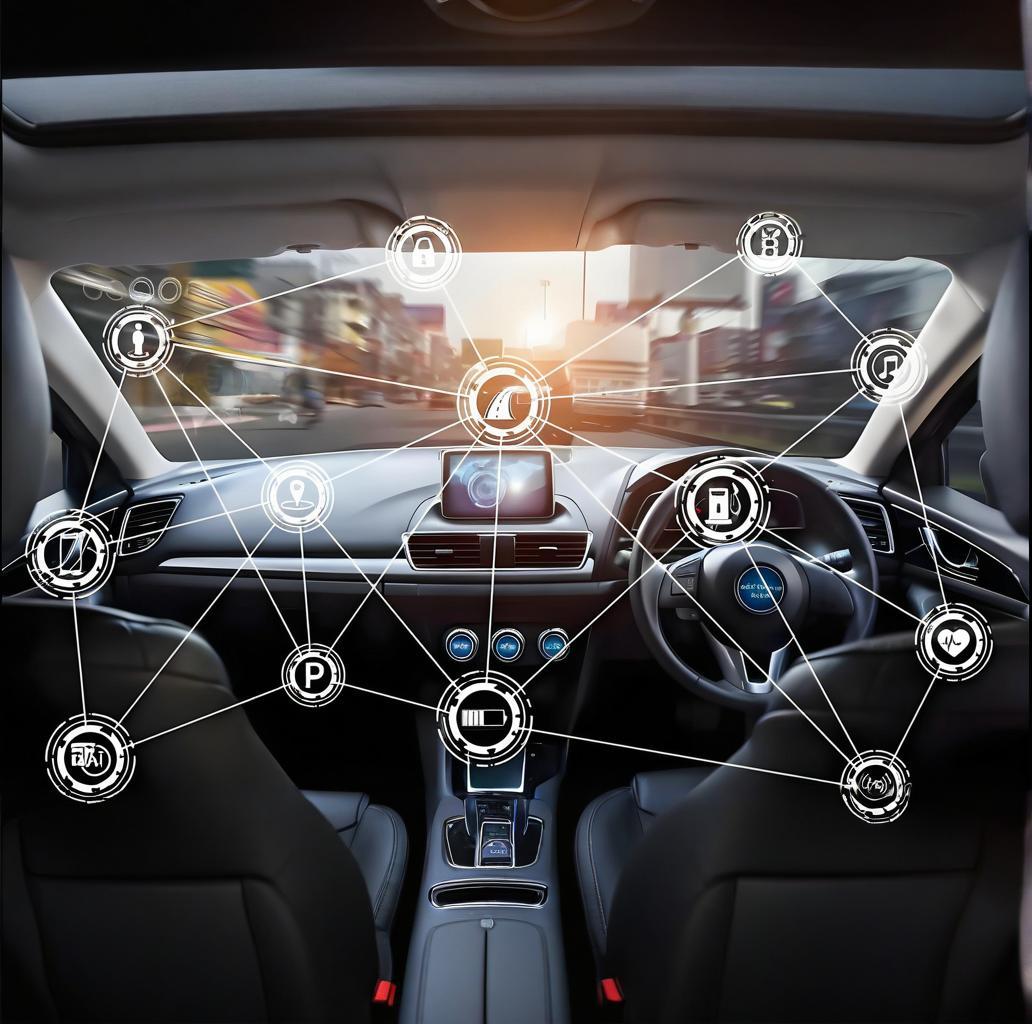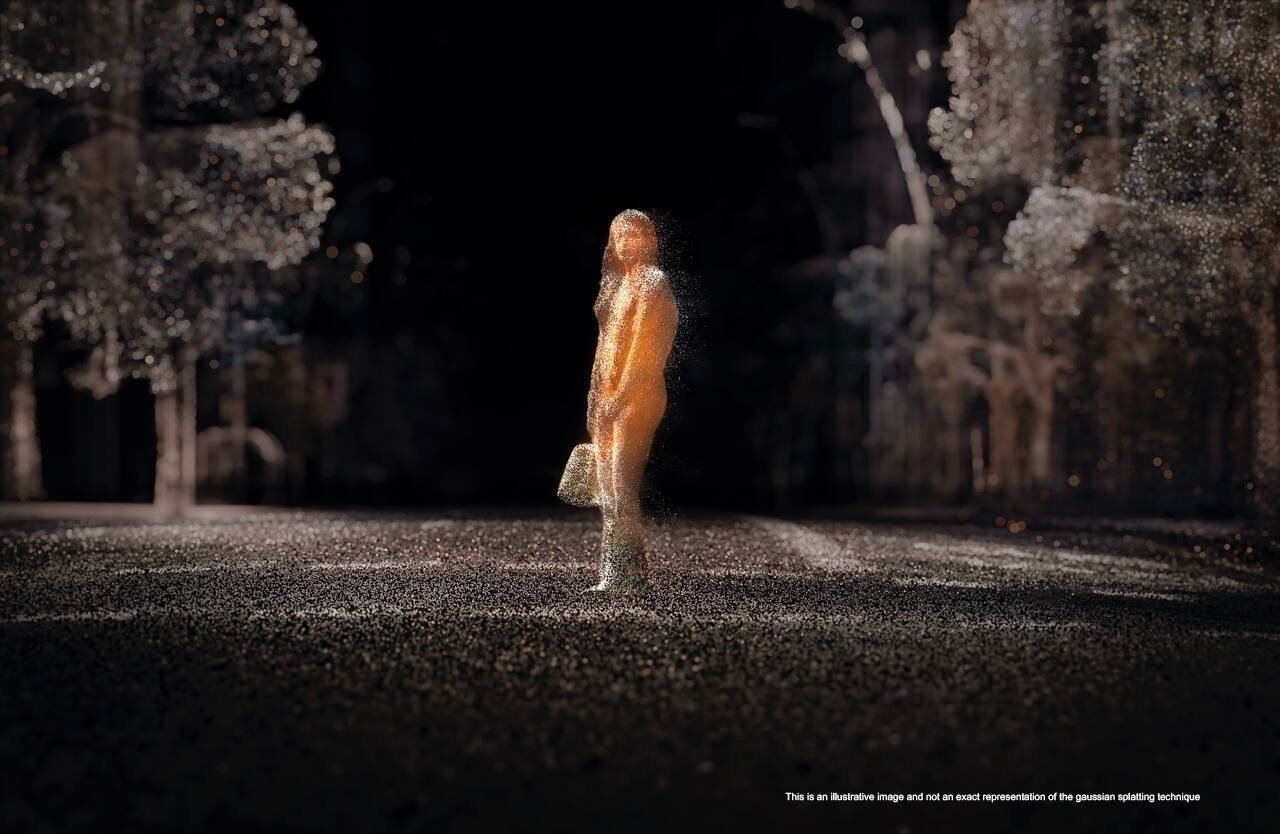Volvo is using AI-generated virtual reality to enhance the development of driver assistance systems (ADAS) to improve vehicle safety. The new technology allows Volvo to recreate various traffic events and simulate different variables in a virtual environment, allowing safety software to be tested in extreme situations, further reducing the occurrence of road accidents. AI analyzes accident data to reproduce and test rare risk scenarios
AI analyzes accident data to reproduce and test rare risk scenarios
The advanced sensors on Volvo's new cars can record events such as emergency braking, sharp turns or manual intervention by the driver. These data are remodeled by AI calculations and transformed into ultra-realistic 3D traffic scenes through Gaussian Splatting technology.
This technology allows developers to add or remove road users, change traffic flow and obstacle behavior, and simulate the possibility of various accidents in a virtual environment. This allows Volvo's safety systems to be tested in unpredictable "edge cases", which may take months to accumulate enough data in the real world, but now only takes a few days.
Alwin Bakkenes, Volvo's global head of software engineering, said: "We already have millions of accident data from 'never happened' accidents, which we use to train AI safety systems. Through Gaussian Splatting, we can expand a single extreme case into thousands of variations for AI training and validation, which allows us to scale our testing to an unprecedented scale and even catch risks before they happen in the real world."
Volvo's safety heritage: from field measurements to AI predictions
Volvo began using data to improve vehicle safety as early as the 1970s. At that time, Volvo's safety research team would go to the scene of the accident in person to collect key data by measuring brake marks and impact points, and then developed safety innovations such as Whiplash Injury Protection and Side Impact Protection. Today, with the development of AI technology, Volvo can use virtual testing technology to obtain key data before an accident occurs, further improving vehicle safety. NVIDIA AI supercomputing platform strengthens Volvo's future intelligent safety
NVIDIA AI supercomputing platform strengthens Volvo's future intelligent safety
Volvo is able to use Gaussian Splatting technology thanks to its in-depth cooperation with NVIDIA. The new generation of Volvo pure electric vehicles uses NVIDIA accelerated computing technology to more accurately collect data inside and outside the car, and uses the NVIDIA DGX AI supercomputing platform to perform data analysis and safety model training, accelerate AI autonomous learning, and further improve the performance of safety assistance systems. In addition, Volvo and Zenseact jointly invested in one of the largest data centers in Northern Europe to handle AI training and big data computing, further promoting the development of future automotive safety technology.
AI virtual testing + physical testing to improve safety system development efficiency
The virtual environment provides a safe, scalable and cost-effective testing platform. Volvo and its AI software company Zenseact worked together to develop this technology and incorporate it into Volvo's safety research and development process. The project is also part of the PhD research program (WASP program) at Sweden's top universities, which explores how neural rendering can be integrated into future automotive safety technology.
AI + virtual testing, the next step for automotive safety technology?
In the past, the development of automotive safety systems required a long time to accumulate actual road test data, but now the advancement of AI technology has made virtual testing possible. Through AI simulation technology, Volvo can test hundreds of rare accident scenarios in a risk-free and low-cost scenario, which is crucial to improving the safety of autonomous driving and driver assistance systems. Although AI testing technology is still developing, Volvo's technological breakthrough will undoubtedly open a new chapter in the field of automotive safety. In the future, when AI models become more mature, cars will not only be able to predict accident risks, but will even be able to proactively avoid accidents before they occur, which will completely change the rules of the game for road safety!
Although AI testing technology is still developing, Volvo's technological breakthrough will undoubtedly open a new chapter in the field of automotive safety. In the future, when AI models become more mature, cars will not only be able to predict accident risks, but will even be able to proactively avoid accidents before they occur, which will completely change the rules of the game for road safety!
Categories: vehicles
